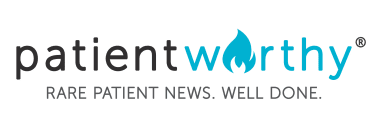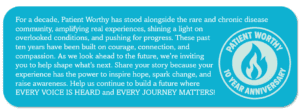A recent article from PMLiVE underscores the critical role of collaboration in advancing innovation and improving access to treatments for rare diseases. With over 7,000 rare diseases affecting millions of people worldwide, the article highlights the persistent gap in available therapies and the urgent need for new solutions. Despite scientific breakthroughs, patients still face barriers to diagnosis, limited treatment options, and slow access to life-changing drugs.
The article emphasizes that no single stakeholder can address these challenges alone. Instead, it advocates for a “better together” approach, where pharmaceutical companies, healthcare providers, regulators, patient advocacy groups, and payers work in concert. By pooling expertise and resources, these collaborations can accelerate the development and approval of new treatments. For example, partnerships between biopharmaceutical companies and patient organizations often help ensure that research is aligned with actual patient needs, leading to therapies that make a real difference in quality of life.
Additionally, the article discusses the importance of early and ongoing engagement with regulators and payers. This collaborative approach can streamline clinical trial design, adapt regulatory pathways, and create reimbursement models that reflect the unique realities of rare disease care. The result is a faster, more efficient process that benefits both innovators and patients seeking timely access to new medicines.
Real-world data and digital health technologies are also spotlighted as game-changers in rare disease research and access. By leveraging patient registries, remote monitoring, and electronic health records, stakeholders can generate meaningful evidence that supports regulatory and reimbursement decisions. These digital tools also help identify patient populations and measure treatment outcomes more effectively, further accelerating innovation.
The article concludes by stressing that while progress has been made, much remains to be done to ensure equitable access to rare disease treatments around the world. Continued collaboration, transparency, and shared commitment among all parties are essential to overcoming remaining barriers. Ultimately, the “better together” mindset is not just a slogan but a necessary strategy for delivering hope and solutions to rare disease patients and their families.



